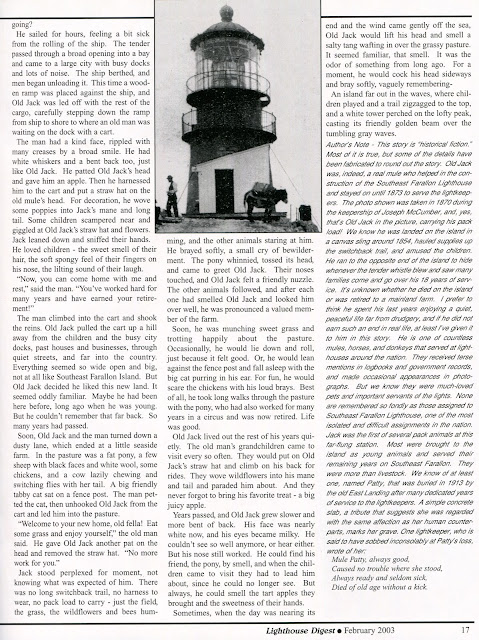Director Sonia Fritz of Marina Films recently sent me this wonderful 2015 documentary on the lighthouses of Puerto Rico. She used a quote of mine at the beginning and sent me a copy as a thank you. It's a well-done, accurate piece of work, very colorful and nicely written--about 70 minutes long.
Puerto Rico's early lighthouses were built by Spain. There were twelve operating before 1898, when the United States gained control of Puerto Rico as a territory following the Spanish-American War. Several more lighthouses were built by the U.S. Lighthouse Service, and over the years aging towers have been replaced. Today, the U.S. Coast Guard manages Puerto Rico's lighthouses.
 |
| Cape Muertos Lighthouse about 1898--Coast Guard Archives Photo |
Fritz and her crew visited fifteen lighthouses, including El Morro, Aricebo, Point Borinquen, Rincon, Mona Island, Cape Rojo, Guanica, Cape Muertos, Cardona, Point Figuras, Point Tuna, Point Mulas, Port Ferro, Culebrita, and Fajardo. She interviewed people involved with their maintenance and preservation, as well as former keepers and their families. A number of historic, archival photos are used to trace the history of the lighthouses. Modern-day filmography presents them as they are now--some well-preserved and others in ruins.
The stories of Puerto Rico's lightkeeping bear much similarity to those we find familiar elsewhere--the painting, cleaning, weather reports, storms, rescues, and isolation. Especially interesting are memories of the great earthquake of 1918, which shook the entire island of Puerto Rico and damaged many structures, including lighthouses. I have an anecdote in The Lightkeepers' Menagerie: Stories of Animals at Lighthouses about the Point Boringuen Lighthouse dog alerting the family moments before the quake struck. Hurricane Georges in 1998 also is remembered for the havoc it caused for lightkeepers and their families.
 |
| Point Mulas Lighthouse from Wikimedia Commons |
The sentinels have their own special beauty and history. Families have memories of fishing and swimming, and meals of green turtle or hawksbill turtle caught around their light station homes. These same turtles are protected and studied today. Fritz spent time interviewing modern fishermen too, and discovering that they depend on the lighthouses today as much as ever.
Mona Island still has handsome large iguanas with an attraction to all things yellow. They live only on this isolated island off western Puerto Rico. A yellow dress or straw hat could cause trouble for the wearer! Yet, if food stores ran low, roasted iguana may have tasted good to a hungry lighthouse family.
At Point Tuna, some fifty local residents took refuge in the lighthouse during a hurricane in the 1960s. Flimsy wooden and grass homes are quickly torn down by storms, but the stone lighthouses stand tall and strong. One keeper's wife comically recalled having a fear of heights and climbed her husband's assigned lighthouse only once. A girl who grew up at Culebrita Light Station called it the "palace" of her youth. Imagine her heartache to see it in ruins today and a rusty steel tower next to it holding a modern light.
 |
| Rincon Lighthouse, from Wikimedia Commons |
The glorious Genovese tile floor is still intact at Fajardo Light, the first lighthouse sighted by ships coming to Puerto Rico from Europe. Fajardo Light is on a preserve and is well-maintained. Point Figuras Light is resplendent in a bright yellow daymark. (Good thing the iguanas don't live there!) Cardona Lighthouse is a mix of old tower and new equipment. It sports an LED optic comically known as a pancake light for its appearance. Each light is stacked on another, pancake style. The beacon can be controlled remotely by the Coast Guard AtoN.
The stories seem endless...and fascinating.
The film is narrated in Spanish but there are English subtitles. The documentary won first place at the 2015 International Puerto Rican Heritage Film Festival. To see a trailer and find out more, go here: http://www.15farosdepuertorico.com/trailer/
(I apologize for the lack of diacritical marks--BlogSpot does not seem to offer them, at least not that I can find. Also, there's an awkward mix of Spanish and English in the spelling of the light station names. Please forgive the errors. Thanks.)















